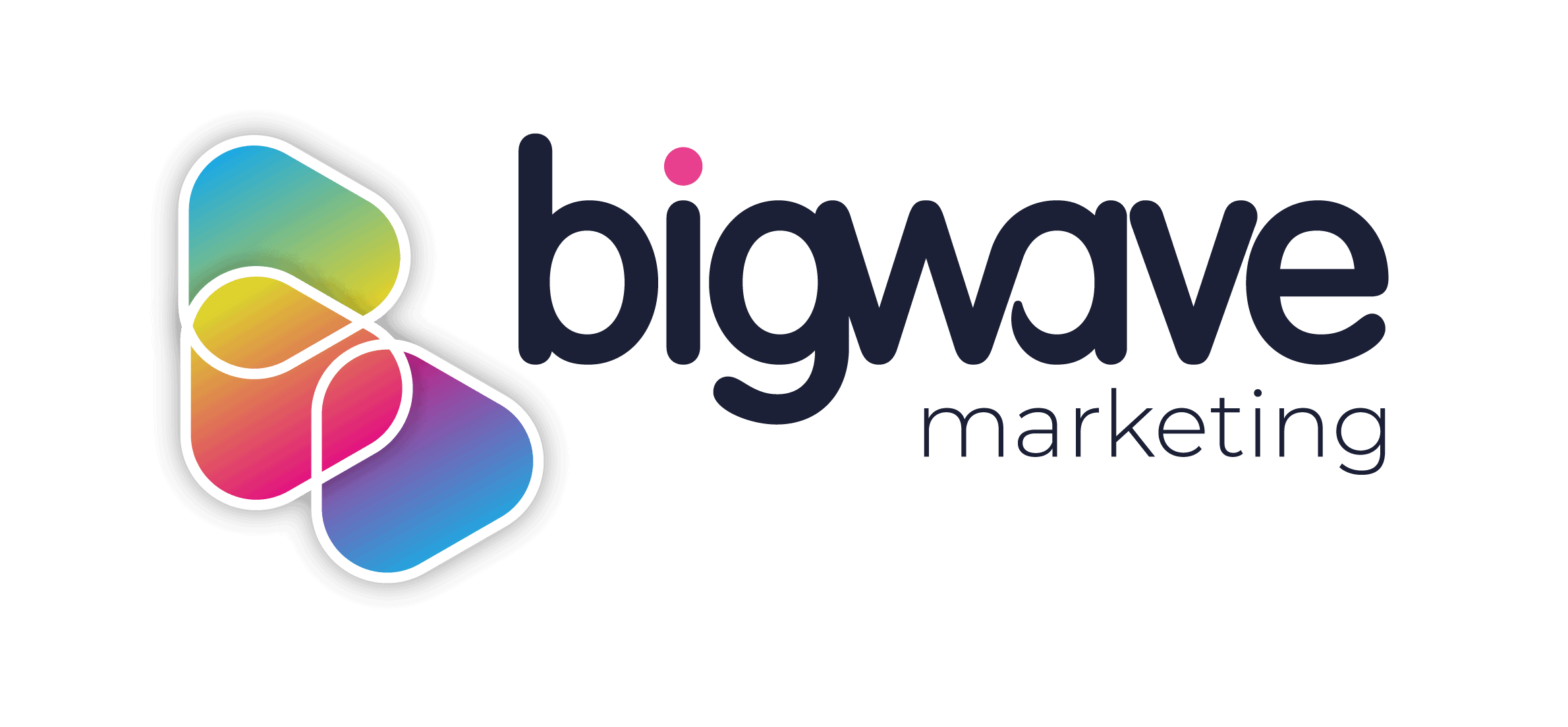Branding is at the core of every business, whether you’re a small startup or a huge corporation. Because of this, branding and brand design is at the forefront of most marketers, business owners, and sales people’s minds. It is the first thing your potential customers see, and also represents the story you are putting out.
Our Brand series takes you through everything you need to know about branding and how to boost your business with the right brand design choices.
Missed our blogs?
Here’s a wrap up of our series in one easy-to-read post.
What does business branding entail?
Branding is one of the core aspects of the success of any company, particularly when you’re trying to market and sell products and services.
Making a lasting impression on your target audience is hugely important, as a trustworthy and recognisable brand will keep your customers coming back for more.
Despite this, there are still a lot of parts of branding that aren’t as clear, leading to confusion and poor performance.
Knowing what business branding is and what it entails can help you make better-informed decisions about how your business comes across to potential customers.
Read more: The ultimate guide to business branding 2021
The importance of your brand’s public image
Your brand is far more than your name or logo alone.
For modern consumers and customers, your brand is your reputation: a combination of all the associations customers make based on every single interaction they have with your business, product, or service.
Here’s the thing: most business owners don’t really think about their public image (or brand image) until there’s a problem. This might be that your brand image is so outdated that it no longer resonates with your target audience, or there may be underlying issues that turn customers off.
In an increasingly crowded and competitive market, it’s wise to do all you can to make sure that your brand is appealing to and engaging with your potential customers.
This is why it’s so important to constantly think about your brand’s public image.
Business owners often associate brand image with unnecessary expense and making their products look nice, but the reality is that brand image is absolutely integral to the success of any business.
Read more: Why your brand’s public image matters now more than ever
How to tell a compelling brand story
What do Ben & Jerry’s, Nike, and Peloton have in common?
They’re all brand names that immediately conjure vivid and powerful images of who they are and what they stand for. Perhaps because of this, these brands have passionate audiences that buy their products again and again.
Part of the success of these companies is that they have a genuine – and clear – brand story. A brand story is designed to present the history, purpose, and values of your business in a way that resonates with your target audience. The benefit of a strong brand story is that your audience feels emotionally connected to your brand and is more likely to want to buy from you.
We’ve put together 5 steps to help you create a powerful and compelling brand story.
Read more: How to tell a compelling brand story
Using content to boost your brand authority
Building your brand authority doesn’t happen overnight. It’s a process that takes a lot of strategy and work, but the payoff at the end is definitely worth it.
Ongoing marketing efforts are needed to tell an authoritative brand story that identifies your brand values and builds trust in potential customers. Brand authority definitely comes into play when a potential customer is deciding between two companies, and it’s even more important with B2B, since those products/services tend to involve a higher cost.
Here’s the thing: building brand authority doesn’t mean that you have to be the biggest or the flashiest, necessarily. It means that you need to use content and digital marketing strategies to your advantage.
Read more: How great content can help build brand authority
What does changing your logo mean for your brand?
A strong logo can have a huge impact on your business.
It’s likely that your logo will need to evolve with the evolution of your company. This is particularly true for businesses that have been established for some time. A logo created in the 1970s is probably not going to grab the attention of your target audience in 2021, for example.
There are lots of other great reasons to dust your logo off and think about giving it a makeover.
A logo redesign may seem daunting and may not even be at the top of your priority list, but making the commitment to breathe new life into such a prominent part of your business can pay off significantly.
There are some core questions that you might want to consider to help you work out whether a logo refresh is right for you:
- Has your business evolved, expanded, or changed?
- Do you have new competition?
- Are you targeting a new audience?
- Is your logo dated?
Read more: What does changing your logo mean for your brand?
Having a unique website can set you apart
Like it or not, your presence on the internet is incredibly important. Many people spend their time on the internet looking for products or services, browsing blogs, watching entertainment channels, and more.
No matter the size of your business, having a unique, clear, and responsive website has become crucial. Your website is often the first interaction that your potential customers have with your brand, so you need to make sure they’re impressed.
No two businesses are the same. That’s why your website should be unique to you, your products or services, your brand values, your tone of voice, and your brand identity as a whole. When your potential customer lands on your website, you should stand out from your competitors.
Read more: No two businesses are the same. You don’t need the same website as everyone else.
Want to know more about branding and brand design and how it can help grow your business? Speak to one of our marketing experts today.

